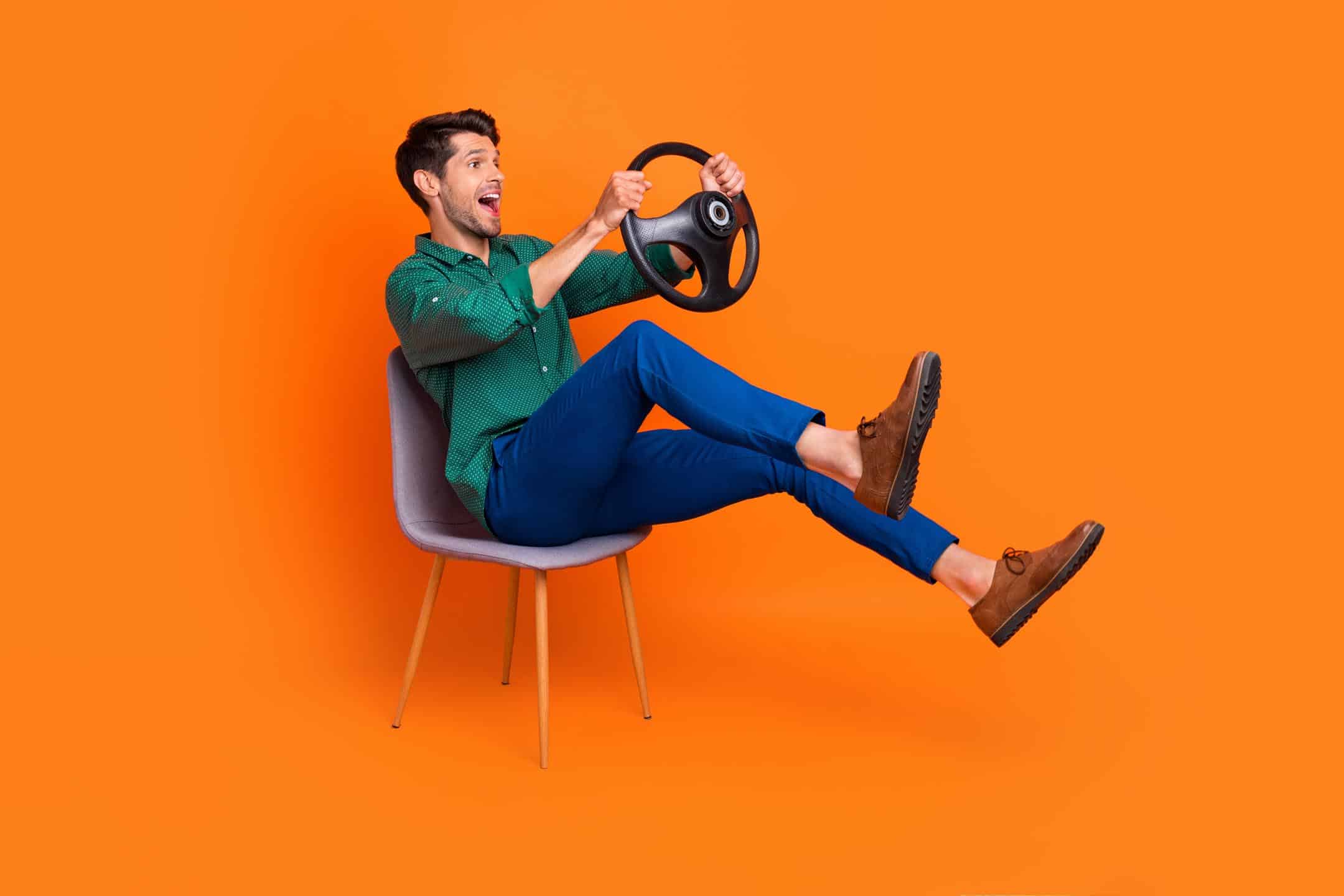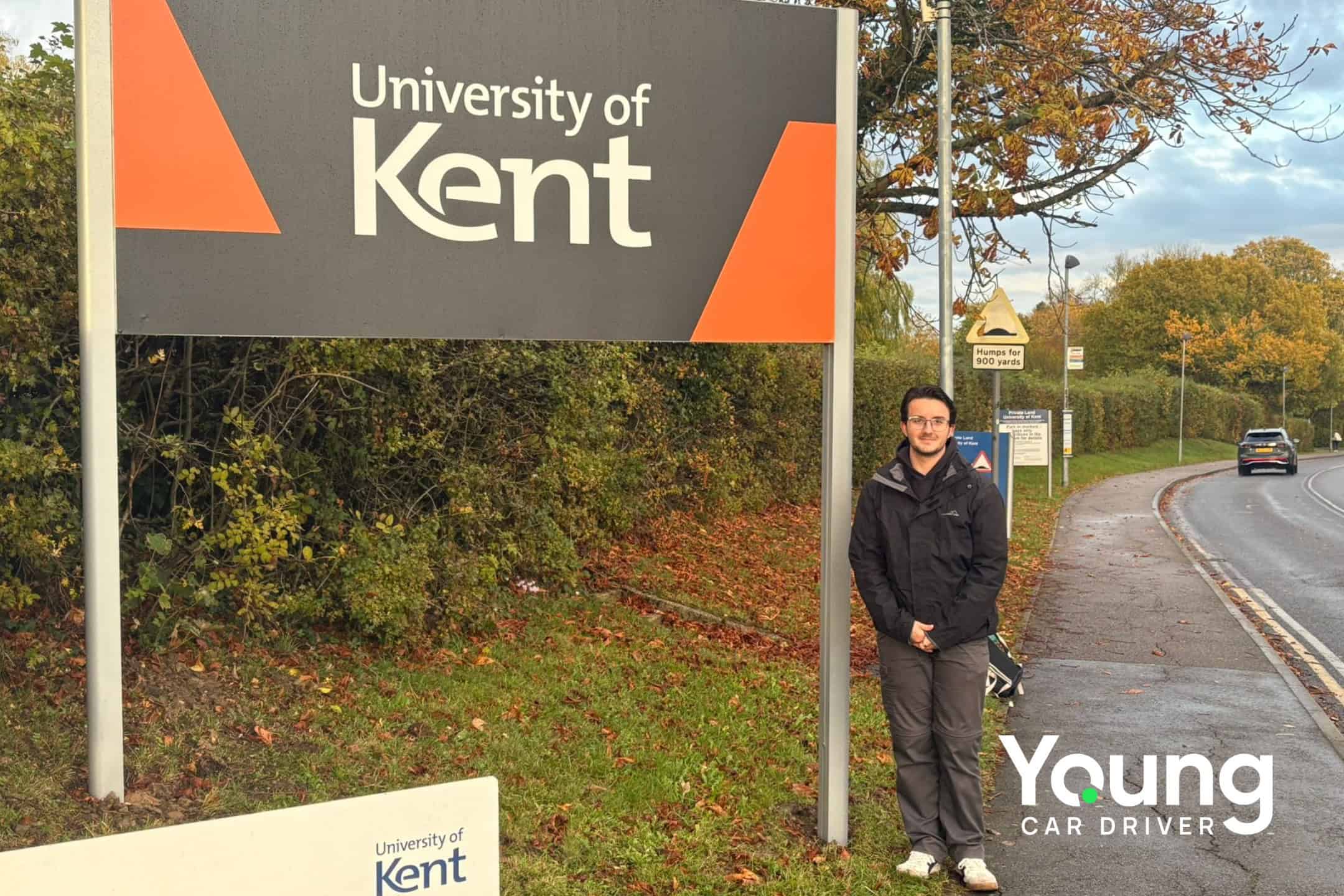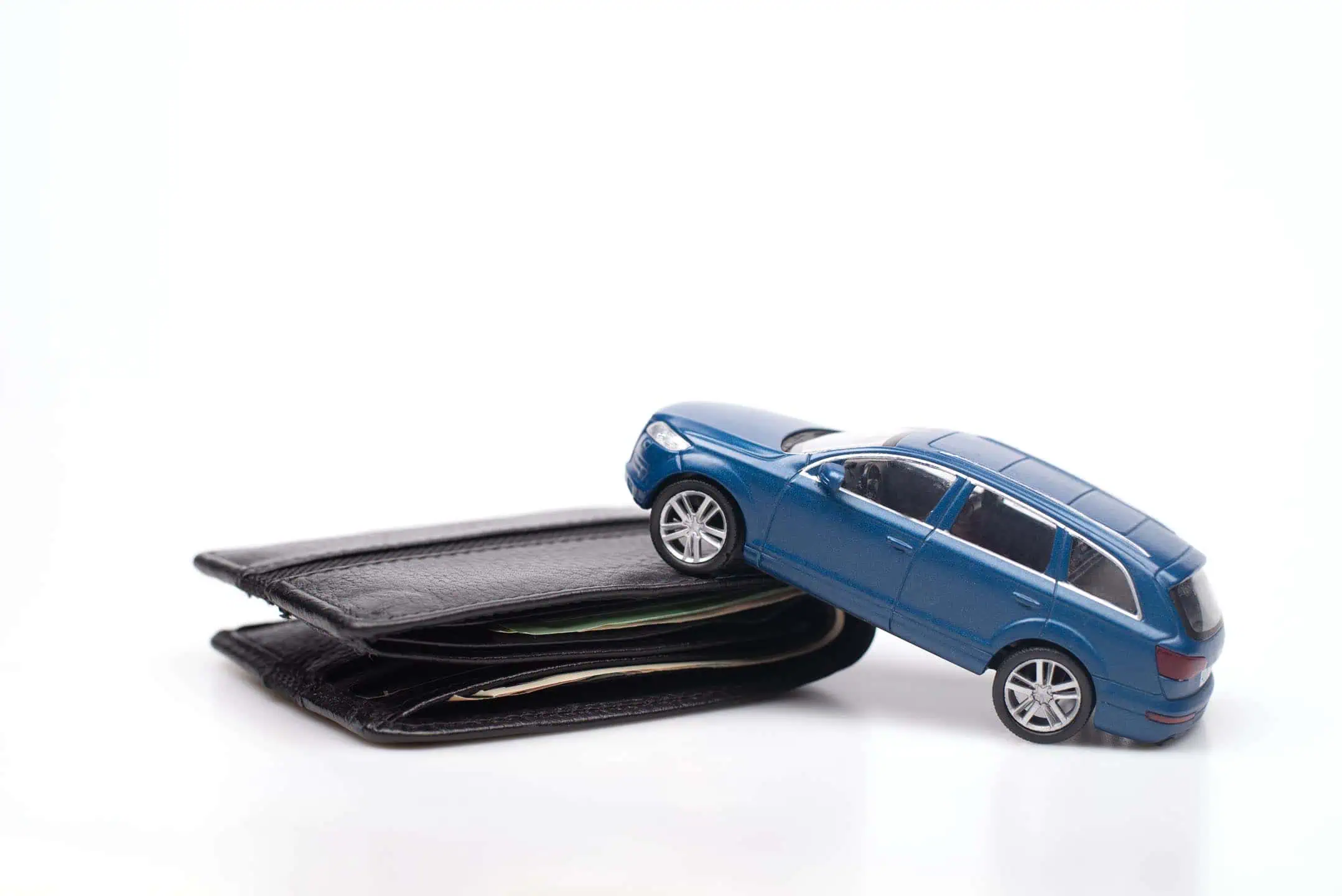The run-up to my driving test has been both exciting and nerve-wracking. Months of lessons, early mornings, and careful practice have brought me to this point. But, surprisingly, as I’ve got closer to test day, I’ve felt more focused than nervous—a testament to the excellent instruction I’ve had throughout my driving journey.
My Last Practice Lesson
Immediately before my test, I had a two-hour lesson with my instructor. This session was all about fine-tuning my skills and building confidence. We concentrated heavily on the routes commonly used during driving tests in my local area. This was an absolute game-changer because it made the roads, junctions, and roundabouts feel so familiar during the actual test.
We also worked through everything I might encounter on test day, including:
- Emergency stops: Mastering the ability to stop quickly yet safely is crucial.
- Manoeuvres: Whether it’s parallel parking, reversing into a bay, or pulling up on the right and reversing two car lengths, practice really does make perfect.
- The ‘Show Me, Tell Me’ questions: Knowing how to answer these is vital. For example, explaining how to check tyre pressures or demonstrating how to operate the windscreen washers while driving are simple ways to score points early on.
My instructor has always been patient and clear, which really helped me stay calm during this final session. It’s so important to feel at ease behind the wheel, and by now, I’ve gained enough experience to trust my instincts and handle whatever comes my way.
Allocating Time for the Test
One thing that might not cross your mind until you’re booking your test is the timing of the day itself. You’ll need to allow a full hour-long lesson to cover the test. Most learners take their test in their instructor’s car, which means coordinating this time is essential.
The test itself lasts about 45 minutes, but with the briefing at the start and a debrief at the end, you’ll need the extra time to prepare and wrap up. I found this really useful because I was already in the mindset of driving when I arrived at the test centre.
Familiarity is Key
On the actual day, the routes I’d practised during my final lesson came up again. Knowing the flow of traffic and any tricky spots on these routes made a massive difference. Instead of second-guessing myself, I could focus on driving confidently and safely.
What I Learned
In hindsight, I’m glad I didn’t rush into booking my test. Some of my friends hurried through their lessons and booked their tests as soon as they could, but they ended up failing and having to start over. I decided early on that I’d take my time, build my confidence, and only book my test when my instructor and I felt I was ready.
For those preparing for their test, my advice would be:
- Use your final lessons wisely: Ask your instructor to cover test routes, manoeuvres, and any areas you feel unsure about.
- Practice, but don’t overdo it: Being well-rested and clear-headed on test day is just as important as being prepared.
- Understand the format of the test: Young Car Driver’s guide to the learning process is a great place to brush up on what to expect.
Final Thoughts
Reaching this stage of learning to drive has been an incredible journey. It’s taught me more than just how to operate a car; it’s helped me build independence, responsibility, and confidence. Passing the test is, of course, the ultimate goal, but the experience of getting to this point has been just as valuable.
For anyone preparing for their driving test, stay calm, trust your training, and remember that everyone’s journey is unique. You’ll get there when you’re ready—and it’s absolutely worth the effort.
For more tips, advice, and insights, check out the Young Car Driver website to help you on your journey to becoming a confident driver.




